Following the successful completion of system construction, the upgraded WTTF at Doaktown was commissioned in December 2010, with operator training on December 20th. Since commissioning, the Doaktown facility has exceeded all effluent requirements - consistently producing low effluent concentrations for BOD, TSS and TAN.
The system was designed with simplicity in mind. The O&M requirements of the process are similar to the operation of a conventional diffused air aerated lagoon, but with no solids return to monitor and adjust, sludge management and disposal becomes a non-issue. Since commissioning, it is estimated operators of the Doaktown facility spend (an average) 30 minutes per day doing a systems check and maintenance.
One of the considerations while designing the treatment facility was the temperature of the effluent discharging from the lagoon, as warm water entering the Miramichi River was having an adverse effect on the salmon population. The system’s long retention time allows the temperature of the effluent time to drop to match environmental conditions, ensuring a safe breeding ground for the salmon.
The upgraded system in Doaktown is an example of a cost-effective and efficient solution for small and mid-sized communities. These communities face the same effluent challenges as larger communities and are now able to keep the low operational complexity and costs associated with their existing lagoon systems.


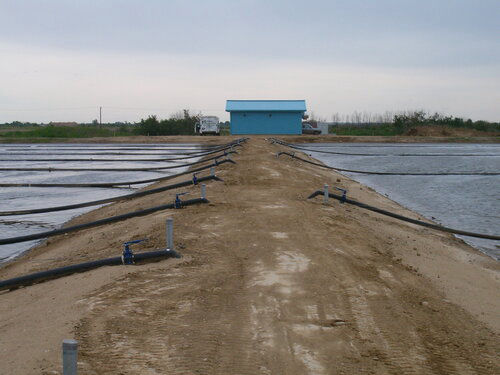
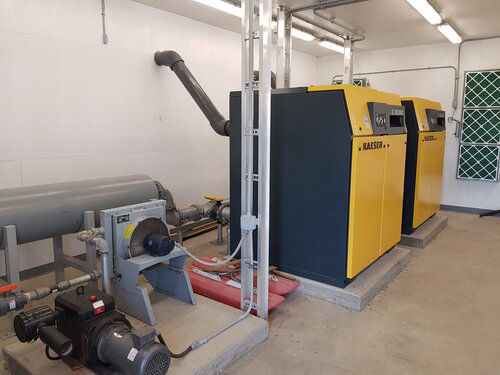
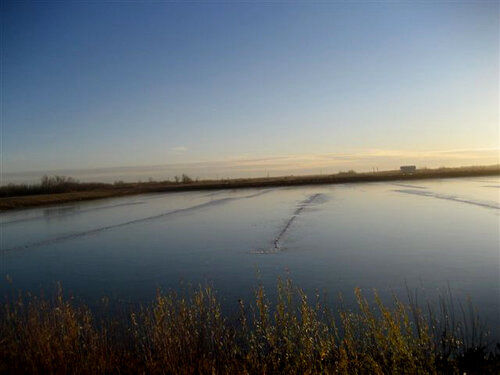
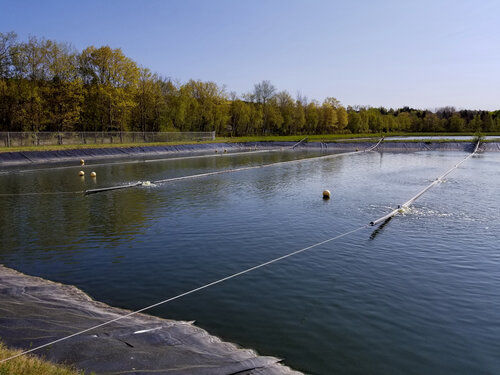
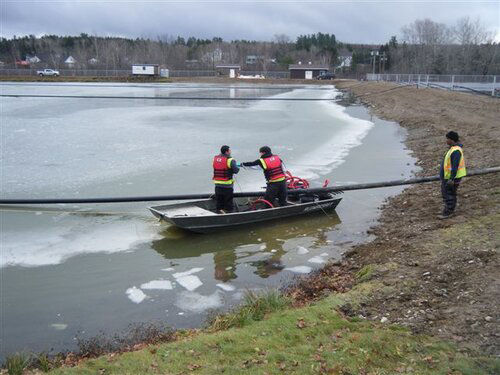
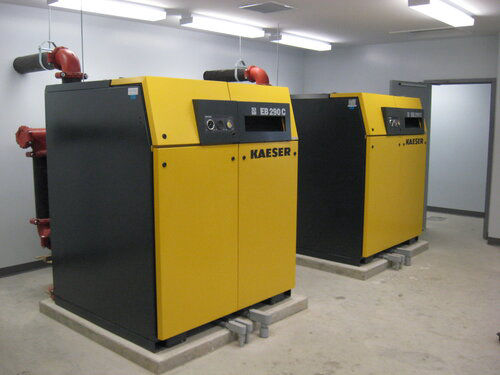
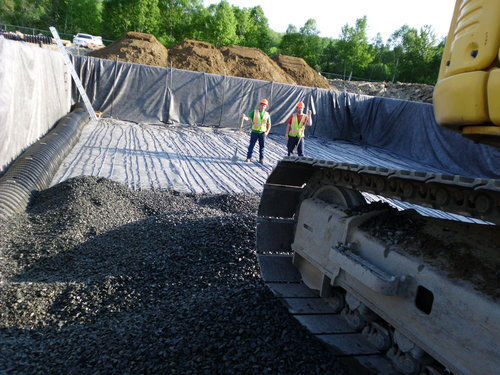
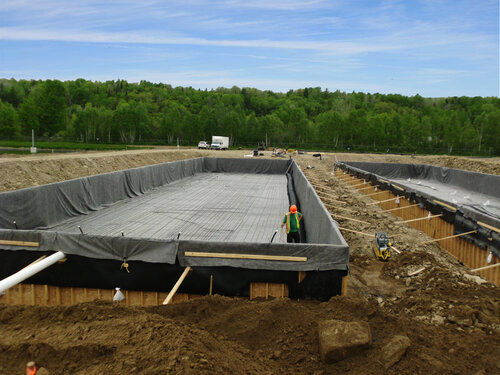
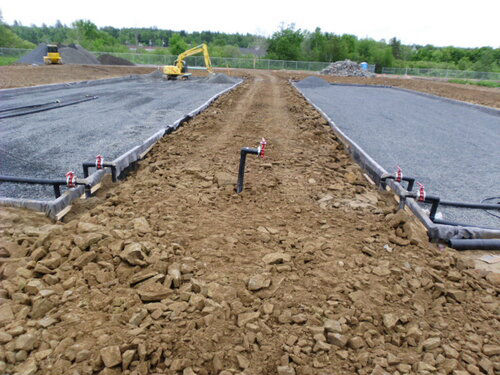
Floating Social Menu and Ribbons
Click the "gear" icon to change the layout of the social bar. This text will be removed on preview/publish.